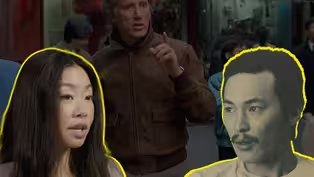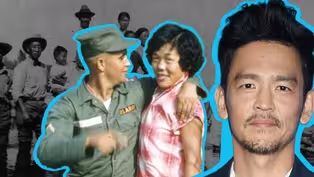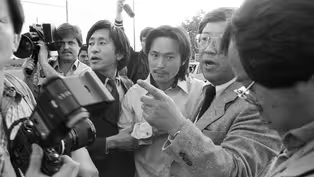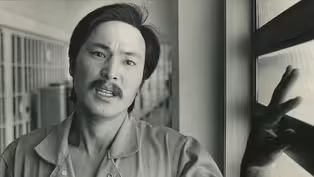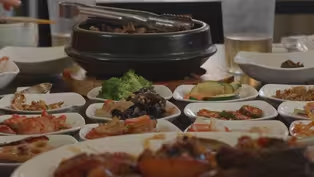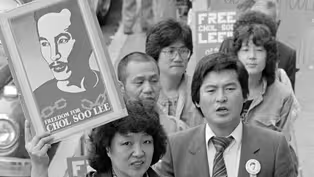
The Ballad of Chol Soo Lee
Clip: Season 24 Episode 12 | 4m 49sVideo has Closed Captions
Did a song help free an incarcerated man?
Did a song help free an incarcerated man? Dolly Li breaks down how UC Berkeley college students wrote a track about Chol Soo Lee, a wrongfully convicted Korean immigrant sentenced to life in prison. Stream Free Chol Soo Lee now on the PBS App.
Problems playing video? | Closed Captioning Feedback
Problems playing video? | Closed Captioning Feedback

The Ballad of Chol Soo Lee
Clip: Season 24 Episode 12 | 4m 49sVideo has Closed Captions
Did a song help free an incarcerated man? Dolly Li breaks down how UC Berkeley college students wrote a track about Chol Soo Lee, a wrongfully convicted Korean immigrant sentenced to life in prison. Stream Free Chol Soo Lee now on the PBS App.
Problems playing video? | Closed Captioning Feedback
How to Watch Independent Lens
Independent Lens is available to stream on pbs.org and the free PBS App, available on iPhone, Apple TV, Android TV, Android smartphones, Amazon Fire TV, Amazon Fire Tablet, Roku, Samsung Smart TV, and Vizio.
Buy Now
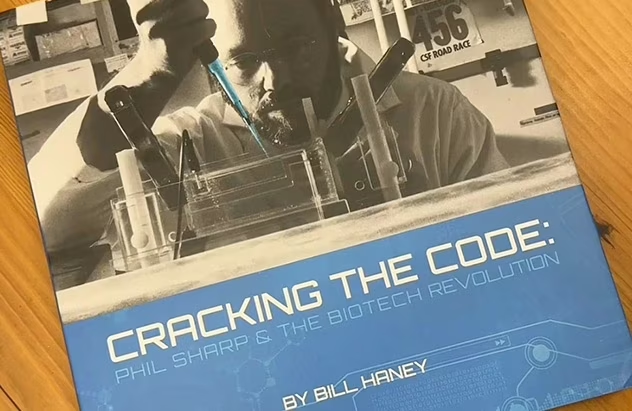
Giveaway: Cracking the Code Books
Bring that groundbreaking story of Cracking the Code home—five lucky winners will receive a Cracking the Code coffee table book, filled with striking visuals and insights inspired by the biotech revolution.Providing Support for PBS.org
Learn Moreabout PBS online sponsorshipThis is an Asian American protest anthem that you'’ve probably never heard of before.
♪ ♪ ♪ ♪ It tells the story of Chol Soo Lee, a Korean American immigrant who was wrongfully convicted of a murder.
- We ended up with three positive identifications of Mr. Lee as being the perpetrator of the killing.
- This song was written in 1979 by Asian American college students who were inspired by their classes in ethnic studies, a relatively new field that radically changed the way we learn about race in America.
So what was so inspiring about ethnic studies?
And did this song actually help free a man from prison?
(Typing clicks) ♪ ♪ ♪ Drum beats ♪ Ethnic studies can trace its origins to the Black Civil Rights Movement and to the writings of Black intellectuals like W.E.B.
Du Bois.
The Civil Rights movement touched nearly every aspect of life, including college campuses.
At San Francisco State University, the Black Student Union began protesting for more Black students to be admitted to their college.
This inspired other minority student groups to join them, forming the Third World Liberation Front.
Together, the TWLF staged the longest student strike ever recorded in U.S. history.
Their chief demand?
Create a field of study about the histories of people of color, told from their point of view.
AKA, ethnic studies.
By 1969, the TWLF protests had successfully led to the creation of ethnic studies departments at both SF State and UC Berkeley.
The success of the TWLF inspired a new generation of radical and engaged young Asian Americans, including the writers of the "“Ballad of Chol Soo Lee".
- My roommate, Dave Kakishiba, and I were going to Berkeley.
And we saw ourselves as activists.
- 18, 19 years old.
You're taking Asian American studies classes.
Yeah, and you'’re talking about oppression, yeah, so, I guess I fit the bill.
- We came across a newspaper article, and it said something about Alice-in-Chinatown, and we both said, "“Hey, it sounds like this man is innocent."
- Student activists like Jeff Adachi and Dave Kakishiba joined forces with the Chol Soo Lee Defense Committee, a group of folks who banded together to fight the wrongful conviction of Chol Soo Lee.
- We were at every community fair, either getting signatures, having people sign up, or just talking about his case.
- We sold hot links.
We did fundraising dances.
And I had written a poem about the Chol Soo Lee case.
- Along with musicians and Asian American activists, Jeff Adachi turned his poem into a song that detailed the events that led to Chol Soo Lee's arrest.
♪ ♪ ♪ ♪ This song, in many ways, embodied the philosophy of ethnic studies, reframing history from the point of view of the community, one that challenged racial and colonial bias.
♪ ♪ ♪ ♪ "“The Ballad of Chol Soo Lee"” brought the students together with the activists who were fighting for his freedom, leading to one of the first times in history where Asian Americans came together in a visible, political, and powerful way.
- The demonstrations, hundreds of people were always there.
Court hearings, hundreds of people were there.
The Chol Soo Lee movement had a life of its own.
- This Asian American anthem was part of a campaign to raise money and awareness for Chol Soo Lee'’s case.
They brought in more than $120,000 in donations, which paid for his lawyers and court appeals.
Today, more than 40 colleges offer not just courses, but entire degrees in ethnic studies.
And there's more and more conversation about expanding ethnic studies into K-12 programs.
- California will now be the first state to make ethnic studies a graduation requirement for high school students.
- But the battle to keep ethnic studies funded and in schools remains contentious.
As the Chol Soo Lee activists said: ♪ ♪ If you want to learn more about Asian American history, I highly recommend you watch this documentary "Free Chol Soo Lee".
There's more info in the links below.
♪ ♪
The Misrepresentation of Chol Soo Lee
Video has Closed Captions
Clip: S24 Ep12 | 5m 34s | Was this flick a prime example of Hollywood’s White Savior Complex? (5m 34s)
A Short History of Korean American Immigration
Video has Closed Captions
Clip: S24 Ep12 | 4m 53s | What was that Korean-American journey like? (4m 53s)
Video has Closed Captions
Preview: S24 Ep12 | 1m | The unbelievable life story of Chol Soo Lee, a Korean immigrant wrongfully convicted of mu (1m)
Video has Closed Captions
Preview: S24 Ep12 | 30s | Rollercoaster story of Chol Soo Lee, a Korean immigrant wrongfully convicted of murder. (30s)
Dinner And a Doc | Free Chol Soo Lee
Video has Closed Captions
Clip: S24 Ep12 | 1m 50s | Free Chol Soo Lee co-directors share lunch with activists in L.A.'s Koreatown. (1m 50s)
Inside Look | Free Chol Soo Lee
Video has Closed Captions
Clip: S24 Ep12 | 1m 30s | Get an inside look at Free Chol Soo Lee from Independent Lens. (1m 30s)
Providing Support for PBS.org
Learn Moreabout PBS online sponsorshipSupport for PBS provided by:
